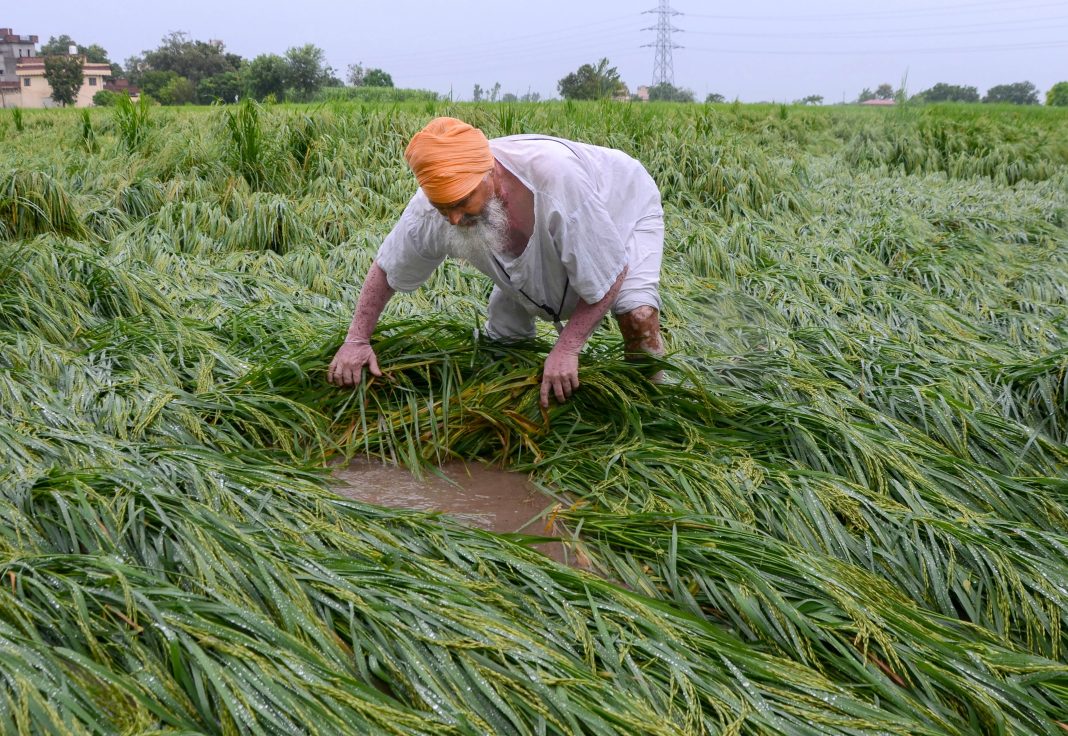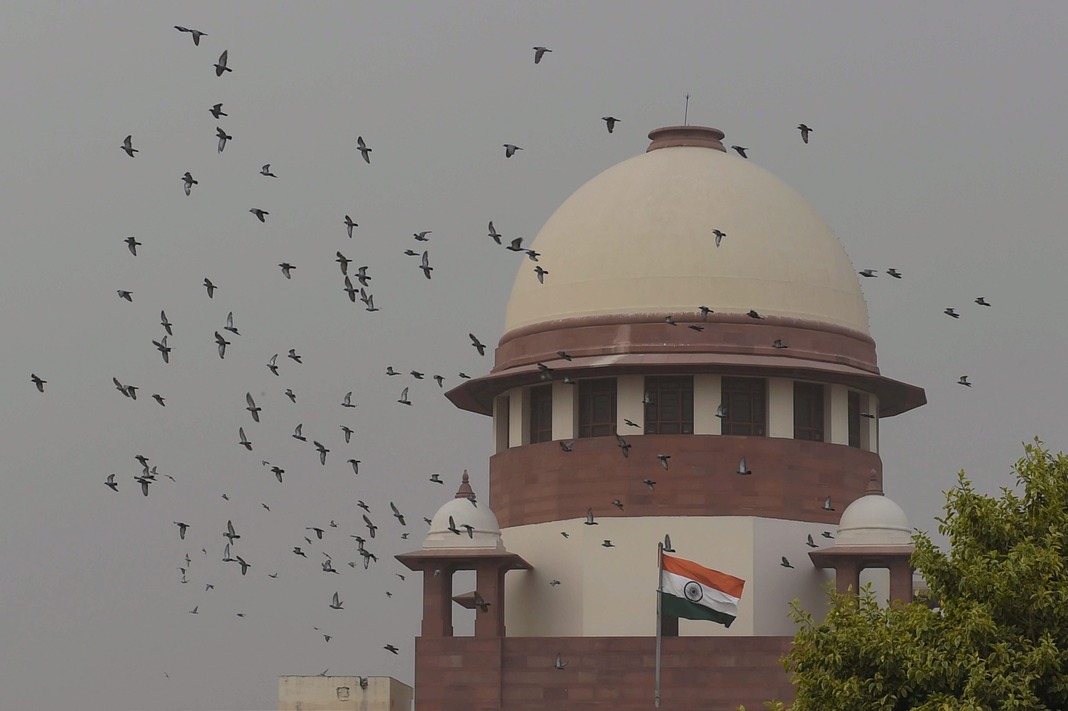New Delhi, Jan 9: India’s rice and wheat output is projected to dip by 6-10 per cent due to climate change, impacting access to affordable food for millions, senior officials have said.
Another effect of climate change is that sea water is becoming warmer along the coast forcing fish to move away to cooler water in deep sea, which has also hit the fishing community, the officials said.
India’s wheat production had touched 113.29 million tonnes in the 2023-24 crop year, which was about 14 per cent of the global output, while rice harvests topped 137 million tonnes. Rice and wheat form staple diet for the country’s 1.4 billion population, 80 per cent of which relies on subsidised food grains supplied through various government schemes.
“Climate change will reduce the yields of both wheat and rice by 6 to 10 per cent, significantly impacting farmers and food security of the country,” Mrutyunjay Mohapatra, the Director General of the India Meteorological Department (IMD), told PTI.
He said global warming was also reducing the frequency and strength of Western Disturbances, which are weather systems emerging from the Mediterranean region that bring winter rain and snow to northwest India.
This could lead to severe water shortages for billions of people living in the Himalayas and the plains below in the near future, M Ravichandran, Secretary, Ministry of Earth Sciences, said during an interaction with PTI along with Mohapatra.
According to the National Innovations in Climate Resilient Agriculture (NICRA), wheat yield in India is projected to decline by 6–25 per cent by 2100. Irrigated rice yields are expected to reduce by 7 per cent by 2050 and 10 per cent by 2080.
Around half of the population in India depends on agriculture. Over 80 per cent of the farmers are small and marginal farmers, having land less than 2 hectares, government data shows. Ravichandran said rising ocean temperatures are also reducing fish catches near the coast.
“Like humans, fish prefer cooler waters. As sea temperatures rise, fish are moving to cooler waters away from the coast. This is creating major problems for the fishing community and impacting their livelihoods,” he said.
Ravichandran said predicting weather accurately too was becoming difficult with climate change increasing instability in the atmosphere.
Several extreme weather events are now occurring simultaneously in smaller areas over shorter periods. “A study shows that climate change could reduce the lead time for predicting heavy rainfall from three days to one and a half days,” Mohapatra said.
Ravichandran said the reduction in the number and intensity of Western Disturbances impacting northwest India is leading to decreased ice accumulation in the Himalayas, even as melting of snow is increasing.
“The input is less, and the output is more. This means water availability is decreasing. Over two billion people, including those in India and China, depend on this water. It is a very serious issue, and we should be worried about the future,” he warned.
The snowclad Himalayan and Hindukush mountain ranges are referred to as the Third Pole that holds the largest water resources outside the polar regions. One seventh of the world’s population is dependent on the water of rivers originating in these mountain ranges.
According to IMD data, India’s average temperature increased by about 0.7 degree Celsius between 1901 and 2018.
Aligning with global trends, the year 2024 was the warmest on record in India since 1901, with the average minimum temperature settling 0.90 degrees Celsius above the long-period average. (PTI)




